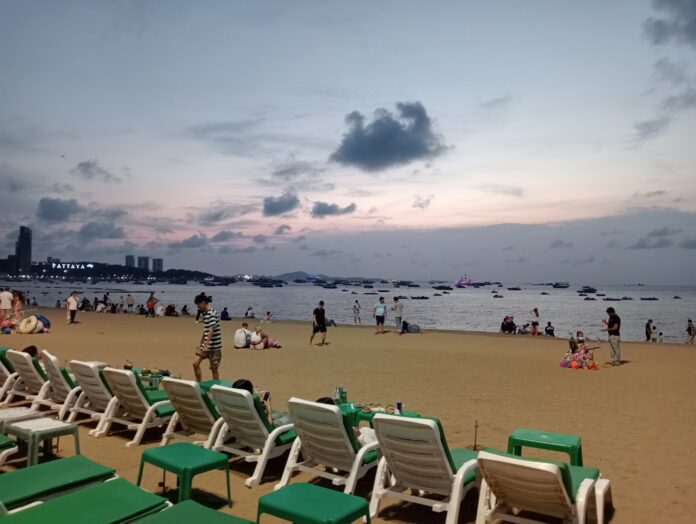
The impact of flooding in 21 provinces nationwide is expected to slow tourism activities in the third quarter and corporate travel in particular, while pent-up demand from delayed trips might cause congestion in the final quarter.
Tourism Authority of Thailand (TAT) governor Yuthasak Supasorn said the third quarter was normally the peak time for corporate trips such as CSR outing tour groups and incentives because hotel prices during this season were remarkably low and could match their budget.
Meanwhile, state agencies have to use their remaining budget by Sept 30, which marks the end of the current fiscal year.
"Some corporate groups have already cancelled or postponed their trips this month which mostly impacted destinations in the East and the Central region. Even though agriculture is the hardest hit sector, tourism in many places could be affected as purchasing power has decreased significantly," said Mr Yuthasak.
Kanchanaburi, Suphan Buri, Nakhon Nayok, Prachin Buri, Chon Bur, Chanthaburi, Samut Songkram, Ratchaburi, and Hua Hin and Cha-am in Prachuap Khiri Khan face the biggest impact from trip cancellations.
According to TAT's risk assessment gathered from its offices in five regions, heavy rainfall which has burdened floodwater drainage hampered travel in many parts of the country, such as Khao Chamao National Park in Rayong that advised tourists to avoid swimming in the waterfall.
Meanwhile, a camping site in Chanthaburi urged travellers to refrain from outdoor activities like trekking and camping.
For the North, if downpours mostly occur in areas that have reservoirs to contain water flow, the impact might be minimal as dams in this region still have the capacity to absorb downstream flow.
However, this region still needs close monitoring as it is forecast to receive an estimated rainfall 10-20% above average in October.
The Northeast and the South still have to be cautious about possible flooding this month, particularly river basins and hill slopes which risk flash floods.
At present, more than 16 provinces in the Northeast along the Mun and Chi rivers have a total of 412,462 rai of agricultural land inundated.
With a surge of local and international tourists expected during the high season, Thailand could face tourism density in many areas which requires well-prepared management and strategies to lure tourism activities away from main destinations.
January to August saw 102.9 million domestic trips which generated 566 billion baht.
The TAT remains confident with the target of 160 million domestic trips with revenue of 656 billion baht, mainly driven by a robust market in the fourth quarter.
"We are closely following the situation and concerned that Thailand has started to feel more impact from La Nina, which has caused high rainfall and flash floods," said Mr Yuthasak.




Inga kommentarer:
Skicka en kommentar